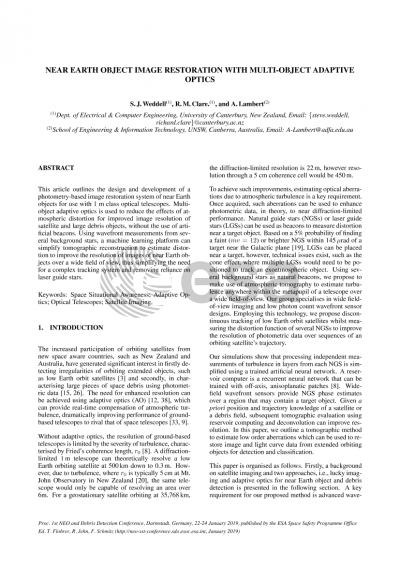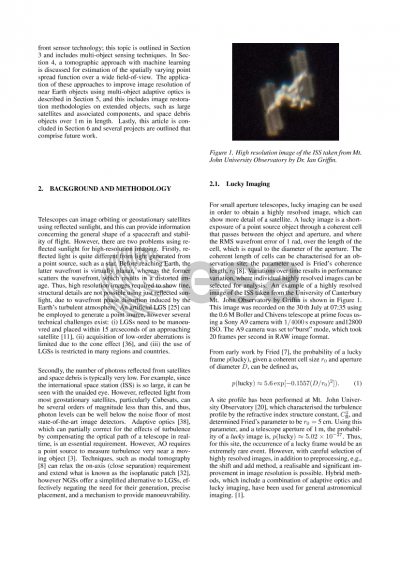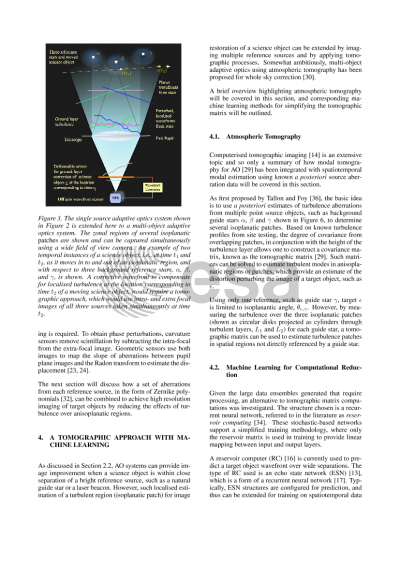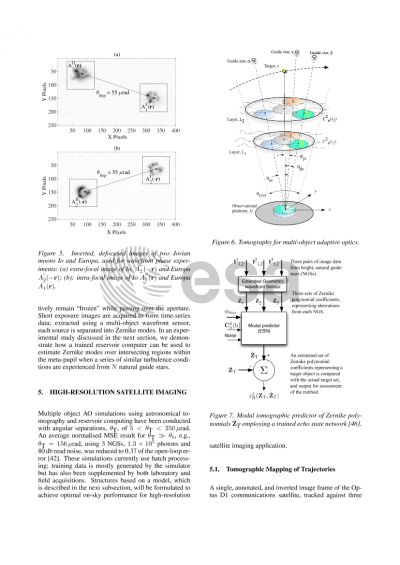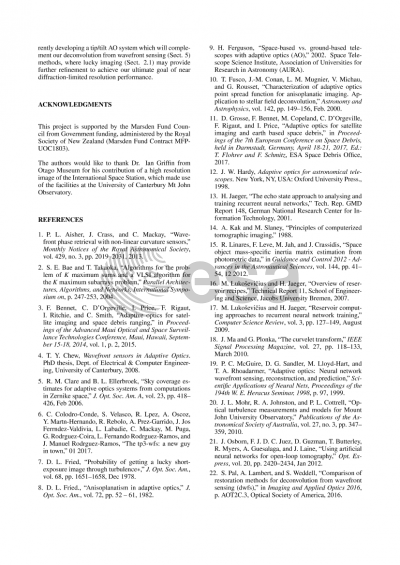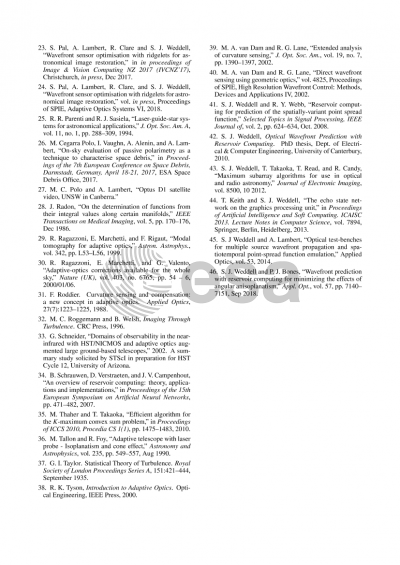Document details
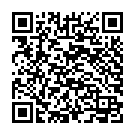
Abstract
The proliferation of orbiting satellites from space aware countries, including New Zealand and Australia, has generated significant interest in i) detecting irregularities of orbiting extended objects, such as low Earth orbit satellites and ii) characterising large pieces of space debris using photometric data. The need for enhanced resolution can be achieved using adaptive optics, which can provide real-time compensation of atmospheric turbulence, dramatically improving performance of ground-based telescopes to rival that of space telescopes.
Without adaptive optics, the resolution of ground-based telescopes is limited by the severity of turbulence, characterised by Fried's coherence length, r0. A diffraction limited 1m telescope can theoretically resolve a low Earth orbiting satellite at 500 km down to 0.3m. However, due to turbulence, e.g., where r0 = 5 cm, the same telescope would only be capable of resolving an area over 6m. For a geostationary satellite orbiting at 35,700 km, the diffraction limited resolution is 22m, however resolution through a 5 cm coherence cell would be 450m.
Estimating a distortion function caused by atmospheric turbulence as it varies both spatially and temporally is a key requirement. Once acquired, such a function can be used to enhance photometric data, in theory, to near diffraction limited performance. Natural guide stars (NGSs) or laser guide stars (LGSs) can be used as beacons to measure distortion near a target object. Given the probability of finding a faint (mv=12 or brighter) NGS within 145 rad of a target near the Galactic plane at 5%, LGSs can be placed near a target. However, technical issues concerning LGS generation, deployment, and maintenance, exist. Through the use of three or more faint background stars acting as beacons, we propose the use of atmospheric tomography to estimate turbulence anywhere within the metapupil of a telescope over a wide field-of-view. Our group specialises in wide field imaging and extremely sensitive wavefront sensor designs. Employing this technology, we will track low Earth orbit satellites whilst measuring the distortion function of several natural guide stars and use these data to improve the resolution of photometric data over sequences of an orbiting satellite’s trajectory.
Our simulations show that processing independent measurements of turbulence in layers from each NGS is simplified using a trained artificial neural network. A reservoir computer is a recurrent neural network that can be trained with off-axis, anisoplanatic aberration regions, or "patches". Wide-field wavefront sensors provide NGS phase estimates over such regions that can contain a target object. Given a priori position and trajectory knowledge of a satellite or large debris object, subsequent tomographic evaluation using reservoir computing and deconvolution can improve resolution. In this paper we outline a tomographic method to estimate low order aberrations which can be used to restore image and light curve data from extended orbiting objects for detection and classification.
Preview
